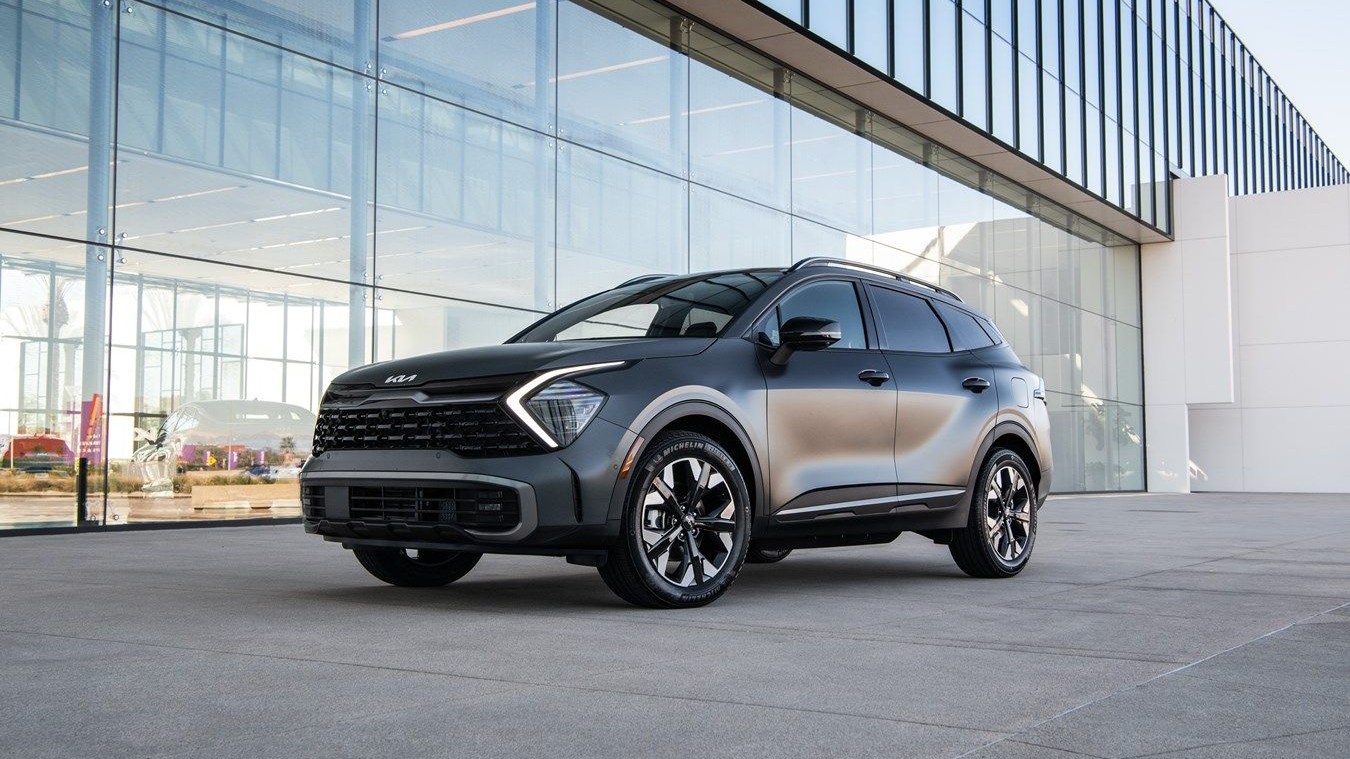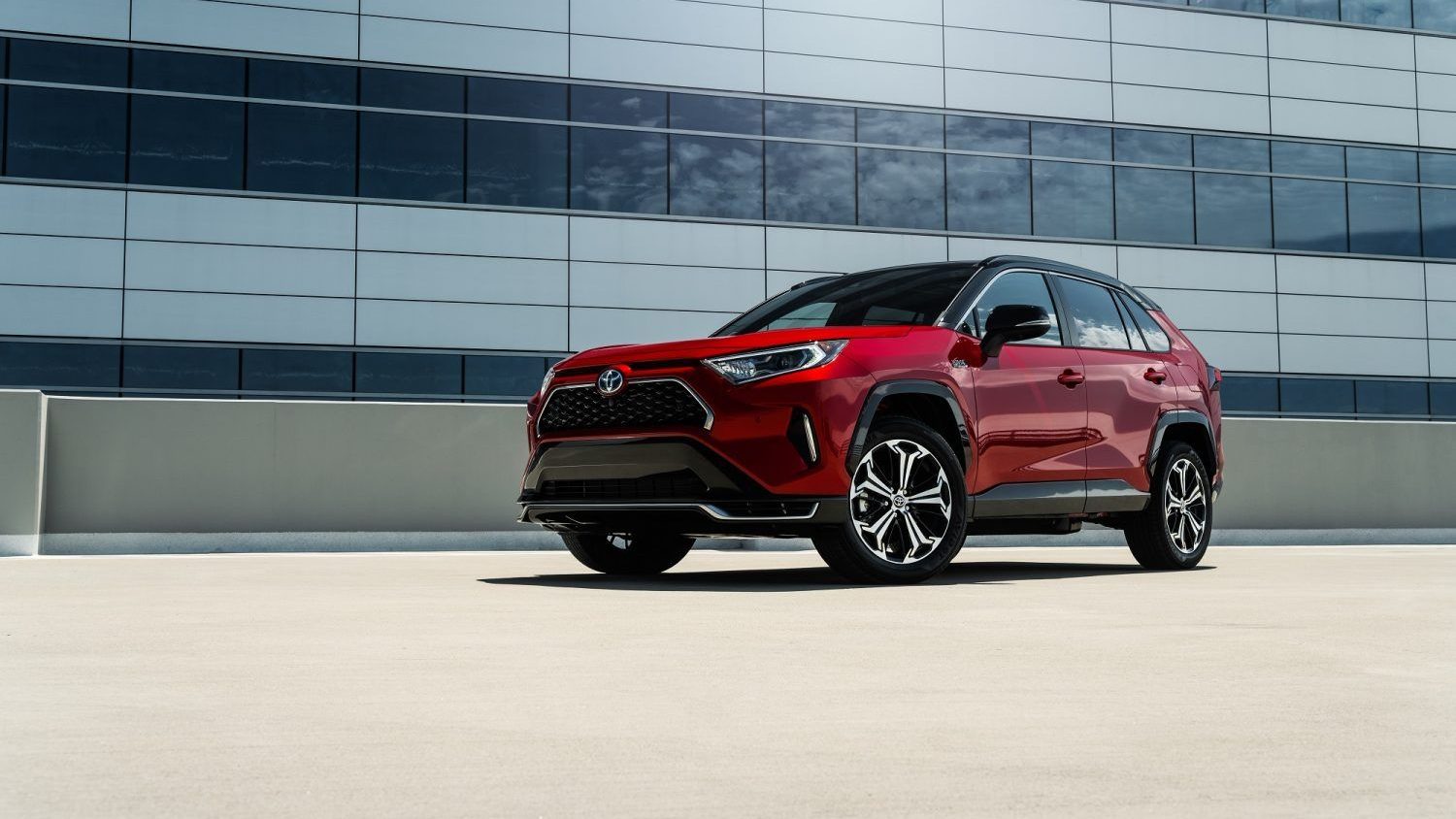Honda has shoved an IndyCar powertrain into a CR-V Hybrid, and the automaker has released a video showing how it was done.
Called the CR-V Hybrid Racer, the one-off build was done by Honda Performance Development, the motorsports unit responsible for Honda's IndyCar engine program, and built at Honda's North American Development Center in Ohio by a volunteer team of enthusiast Honda employees called the Honda of America Racing Team in their spare time.
The goal of the project was to show that hybrids can be fun, and show what Honda's engineers can do when there's no rulebook, Hannah Westbrook, one of those engineers, explains in the video. The CR-V Hybrid Racer also serves as a rolling laboratory and testbed, Honda Performance Development boss David Salters said.
Nicknamed the Beast, the CR-V Hybrid Racer marries the turbocharged 2.2-liter V-6, as well as the Xtrac 6-speed sequential transmission and rear suspension, from an IndyCar race car with the front suspension and steering from an Acura NSX GT3 race car. Front brakes are also NSX GT3 parts, but the rear brakes are custom. All of that is attached to a custom frame with bodywork that's a mix of stock 2023 CR-V and DTM and Group B-inspired elements.
Peak output is estimated at around 800 hp. A hybrid system functions like the current IndyCar push-to-pass system, but relying on electric power rather than additional turbo boost to provide a quick burst of added power. This also allows for all-electric launches.
The project took 14 months to complete, with the volunteer build team working nights and weekends. Integrating the carryover CR-V sheetmetal proved challenging, including some trial and error in designing the rear clamshell section that opens to reveal the IndyCar engine. Made from stock CR-V bodywork, it was originally hinged at the top, but that was later reversed.
While the production CR-V Hybrid won't adopt a powertrain like the IndyCar setup, sticking with Honda's current efficiency-focused hybrid system, IndyCar does plan to introduce hybrid powertrains for the 2024 racing season.


